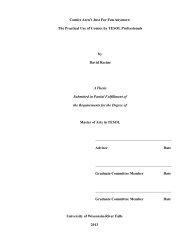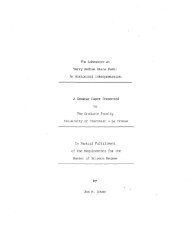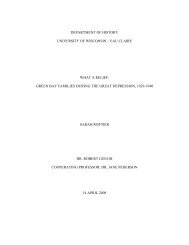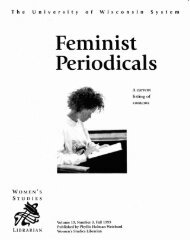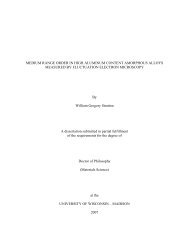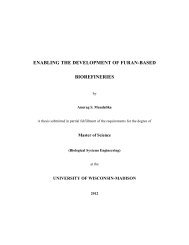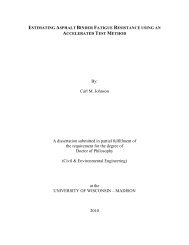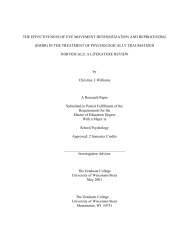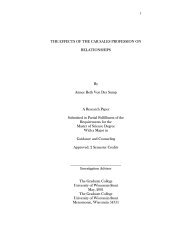RELIGION AND SPANISH COLONIALISM IN THE PHILIPPINES by ...
RELIGION AND SPANISH COLONIALISM IN THE PHILIPPINES by ...
RELIGION AND SPANISH COLONIALISM IN THE PHILIPPINES by ...
You also want an ePaper? Increase the reach of your titles
YUMPU automatically turns print PDFs into web optimized ePapers that Google loves.
their potential in terms of trade opportunities, thus they held the greatest source of Spanish<br />
influence. Beyond the immediate area of such cities, Spain had far less influence. Churches<br />
established throughout the islands <strong>by</strong> Jesuit missionaries did have some influence on the local<br />
peoples although their success was highly variable and also limited to the immediate area. The<br />
Filipinos incorporated pieces of Catholicism to suit their own needs, essentially taking only<br />
pieces that were useful to the indigenous peoples and easily incorporated within longstanding<br />
beliefs. The symbol of the cross was used to ward off evil spirits that had always been a part of<br />
Filipino belief (Arcilla 2000:37). Both peoples used the cross as a sign for good but the Filipinos<br />
related the Catholic symbol to their own beliefs and traditions.<br />
As the Spanish were determined to maintain trade from coastal communities, those<br />
groups of indigenous Filipinos who lived on the coast and wished to avoid Spanish control were<br />
left little options except to relocate. Many Spanish accounts bemoan the difficulty in colonizing<br />
the indigenous Filipinos as they easily “disregarded them [Spanish colonizers] and disappeared<br />
into the hills” (Peterson 2003:48). Communities which escaped Spanish influence <strong>by</strong> moving<br />
inland and into the mountains were able to continue burial practices and described earlier at least<br />
during the early stage of Spanish colonialism.<br />
CONCLUSIONS<br />
Indigenous Filipinos continued to practice their own beliefs and buried their dead accordingly<br />
away from the centers of Spanish influence, mainly in inland and mountain communities. In<br />
communities outside of the direct influence of Spanish colonialism, burials recorded in 1882 98<br />
were still conducted according to indigenous beliefs (Arcilla 2000:11). By this time, the<br />
24



